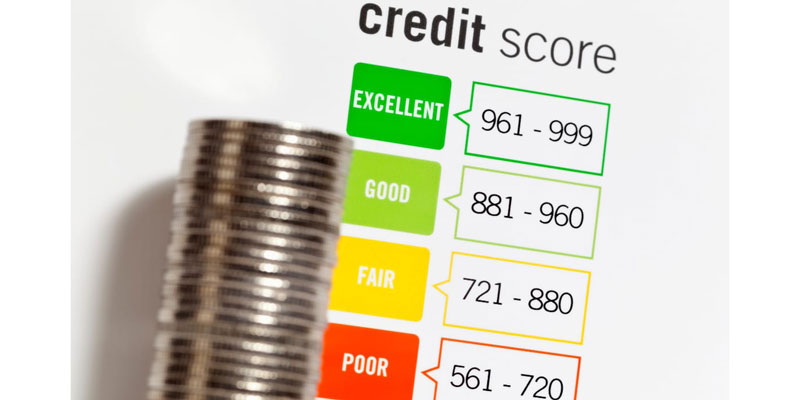As a savvy investor, one of the most essential skills you need to hone is an understanding of how to calculate expected portfolio return. Accurately estimating your investment’s expected return will help you better manage risk and make informed decisions regarding your financial portfolio. In this comprehensive guide, we’ll discuss the various methods investors use to estimate their expected returns, explain which ones are appropriate for different levels of investors, and provide some helpful resources that can assist in calculating expected returns. Ready to get started? Keep reading to learn more!
Basics of Portfolio Returns
Before diving into the various methods of calculating expected portfolio returns, it’s important to understand some basic concepts. Expected portfolio return is a measure of how much money an investor anticipates making from their investment over time. This number can be estimated based on several factors, including the current market conditions, the asset composition in a portfolio and the amount of risk associated with the investments being made.
Calculating Expected Return with Risk-Free Assets

One of the simplest methods of calculating expected portfolio return is to use risk-free assets. This approach assumes that your investments are entirely safe and will not experience any significant losses over time. To calculate expected returns with this method, you simply need to add up the returns from each of your risk-free investments and divide it by the total amount invested. For example, if you invest $1000 in a government bond that yields 5%, then your expected return would be 5%.
Diversifying Your Portfolio to Reduce Risk and Increase Returns
Another popular method of calculating expected portfolio return is to diversify your investments. By spreading out your funds into multiple types of assets and markets, you can reduce the risk associated with any one investment while maximizing returns over time. When diversifying, it’s important to research each asset's historical performance and take into account the potential risks associated with them. For instance, investing in stocks carries more risk than bonds or cash equivalents but also offers higher returns.
Estimating Volatility for Your Portfolio's Expected Return
It’s also important to consider the expected volatility of your portfolio when estimating its expected return. Volatility is a measure of how much an asset’s price may fluctuate over time, and it can have a major impact on returns. One way to estimate volatility is by looking at the historical performance of similar investments or using specialized risk management tools such as standard deviation calculations.
Using Historical Performance to Estimate Your Portfolio's Expected Return
Finally, you can use the historical performance of similar investments in the same sector or market to estimate your portfolio’s expected return. This approach takes into account both macroeconomic factors such as inflation or GDP growth as well as more specific data such as interest rates and dividend yields. It's important to remember that past performance does not guarantee future results, so investors should use historical data as a guide rather than an absolute forecast.
Analyzing Correlations Between Different Asset Classes in Your Portfolio

Investors should also consider the correlations between different asset classes when estimating expected returns. Correlations measure how closely two investments move in relation to each other.
For example, stocks and bonds often have a negative correlation – meaning that when one rises, the other typically falls. Proper diversification helps reduce risks and maximize returns by balancing these correlations.
Using Historical Data to Forecast Future Returns on Your Portfolio
Investors can use historical data to forecast future returns on their portfolio. This approach uses various market indicators and economic models to predict how asset classes will perform in the future. Investors should remember that these forecasts are based on assumptions and may not be accurate, so it’s important to do additional research before making any investment decisions.
Adjusting Your Expectations Based on Market Conditions
Investors should consider how current market conditions may affect their expected returns. For example, if interest rates are low, then the return on cash investments may be lower than usual. Investors must adjust their expectations accordingly and take into account any additional risks associated with specific investments.
Evaluating the Performance of your Invested Capital Over Time
Investors should evaluate their portfolio’s performance over time to make sure that it is meeting their return goals. Constant monitoring and re-balancing of a portfolio can help ensure that it remains in line with expectations.
The goal of investing is to maximize returns while minimizing risk, and the best way to do this is by diversifying your investments and researching the expected return on each asset class. By understanding factors such as correlations, volatility, and market conditions, you can estimate your portfolio’s expected returns and make informed investment decisions. Regularly evaluating your portfolio’s performance will also help ensure that you are meeting your financial goals over time.
Conclusion
Estimating the expected return on your portfolio is a complicated process, but it can be done by considering factors such as historical performance, correlations between different asset classes, and current market conditions. Regular evaluations of your investments’ performance over time will help ensure that you are meeting your financial goals and maximizing returns while minimizing risk. With careful research and analysis, investors can create an investment strategy that meets their specific needs.
FAQs
Q: What is expected return?
A: Expected return refers to the amount of money an investor can reasonably expect to make from a particular investment. It is based on factors such as historical performance, correlations between different asset classes, and current market conditions.
Q: How do I estimate my portfolio’s expected return?
A: You can estimate your portfolio’s expected return by considering factors such as historical performance, correlations between different asset classes, and current market conditions. Additionally, you should regularly evaluate your investments’ performance over time to make sure that it is meeting your financial goals.
Q: How does diversification help maximize returns?
A: Diversification helps reduce risks and maximize returns by balancing correlations between different investments. For example, when one asset class rises, another may fall, helping to increase overall returns and reduce risk. Proper diversification is essential for long-term success in investing.




